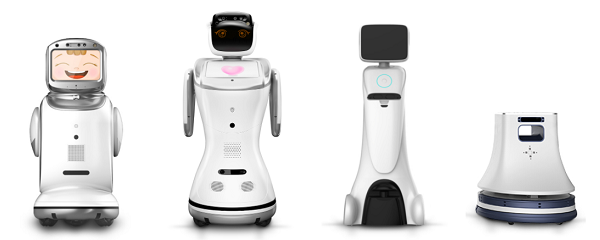In an industry that is full of regulation and personal data, it is fair to say the healthcare institutions are not the fastest when it comes to transformation and innovation. As well as that, a constant challenge for funding typically means that sector incumbents must favour customer care over technology.
Although the last decade has seen robotics starting to infiltrate, the Covid-19 pandemic looks set to accelerate adoption. As doctors and nurses are under tremendous pressure to deliver care under hazardous conditions, robotics is offering a safer way to augment and replace human tasks.
A Global Healthcare Service Robotics Market Analysis and Forecast 2020-2025, valued the healthcare service robot market at $462.3 million in 2019, and now expects it to reach $2.82 billion by 2025 with a double-digit growth rate.
There are several ways in which robotics are transforming healthcare.
Telenursing
Telenursing is forming a critical part of the way hospitals respond to Covid-19. Robots are remotely controlled by a human nurse to assist with patient care. The need for protective equipment reduces, and hospitals can maintain social distancing rules. The growth in computing power and connectivity in recent years makes all this possible.
In Italy, Tommy, the robot, has a touch-screen interface for patients to send messages to doctors. Tommy will monitor the parameters from equipment and relay it back to staff, limiting the number of direct contact doctors and nurses have with patients. At Circolo Hospital in Varese, Doctor Francesco Dentali, director of intensive care, says “it’s like having another burse without problems related to infection.”
Unlike a doctor or nurse, Tommy does not get tired and cannot get sick.
Tommy, the robot, is from a line of robots offered by Italian-based Omitech Srl. Omitech is an IT innovation company that works with companies and institutions to develop and manage solutions and services, including IT services and robotics.
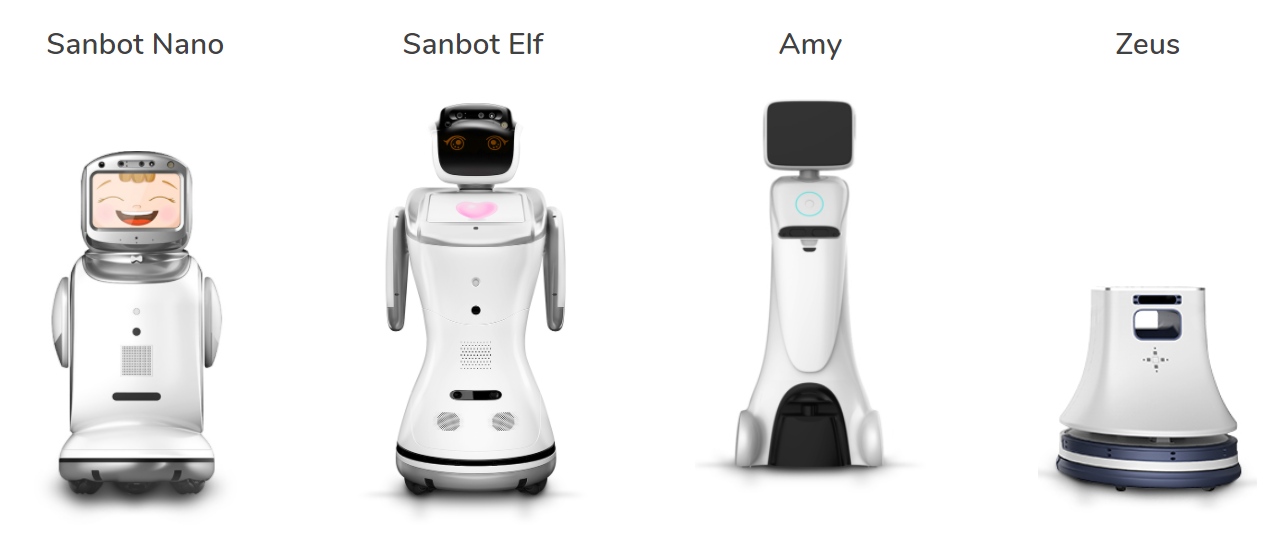
Cleaning bots
Robots can help to stop the root cause of diseases like coronavirus. By now, everyone is aware of how important it is to wash hands, avoid social groups, and to isolate when sick. However, given when people are sick, they visit a hospital, for workers and patients, diseases can be hard to avoid. UVD Robots, based in Denmark, has created the UV Disinfection Robot to reduce hospital-acquired infections.
With UV light, the mobile bot can emit enough energy to slice the DNA or DNA of microorganisms that stand in their way. The robot can build its own map of the area and navigate entirely autonomously.
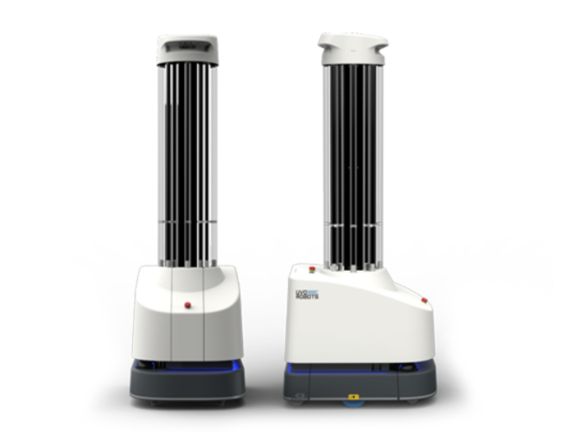
San Antonio International Airport is the first the deploy robots that kill Covid-19. According to Jesus Saenz Jr., Director of Airports for the City of San Antonio, “the health and safety of our employees and passengers has always been our number one priority.” The robot uses intense UV light to destroy viruses in hard-to-reach areas.
The airport uses the XenexLightStrike robot, chosen by 400 hospitals, to improve environmental hygiene practices.

Handling repetitive tasks
In Wuhan, China, a new hospital ward has been built run entirely by robots. The machines can deliver food, drinks, and drugs to the patients, as well as tidy up the ward. During the initial trial in March 2020, robots were tasked with handling the basic needs of patients who require minimal care. However, if their condition got worse, patients were sent to a human-run ward. Each patient has sensors, connecting to a screen that humans can monitor alongside the robots.
The hospital uses CloudMinds robot technology, which combines end-to-end robotics systems with cloud intelligence architecture and robot bodies.
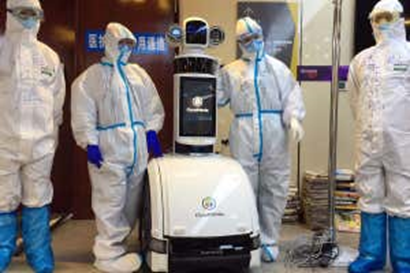
Other hospitals are making use of similar technologies. The TUG autonomous mobile delivery robot can carry up to 453kg in medication, specimens, and materials to help hospital staff focus on patient care. It is already used in over 140 hospitals throughout the United States.
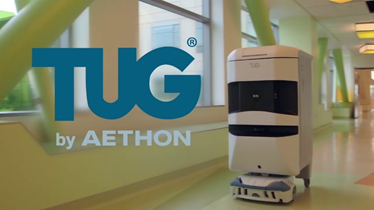
Surgery robots
There are two significant benefits of deploying robots to conduct surgical procedures. First, surgery requires a steady hand and delicate procedures are prone to risk from human error. Second, people living in remote areas have a problem getting urgent medical care when there is a lack of skills in the area.
Robotics solves both of these problems. The University of Oxford has been researching the Preceyes Surgical System. The research took twelve patients who needed eye surgery. Half of the patients had a traditional procedure, and the other half had robotic surgery. All were successful, but the study found the robotic process to be more effective than the manual effort.
With remote surgery, a case in India was able to perform cardiovascular surgery on a patient from 20 miles away. The robot inserted a stent while being operated from afar, with the doctor monitoring it on a screen.
Corindus Vascular Robotics, Inc. (NYSE: CVRS)
The Corindus’ Technology has the potential to dramatically improve patient access, reduce treatment times, improve clinical outcomes, and expand to other indications to address stroke care.
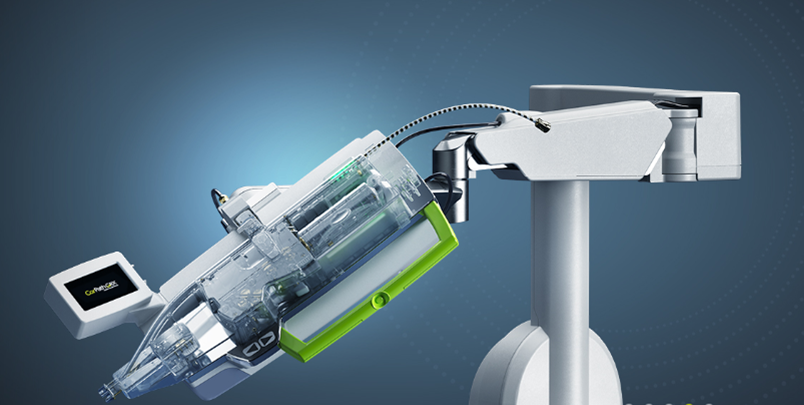
Summary
Despite the likely expense and risk of new technology, Covid-19 has prompted a response from the industry. Robots can reduce the transmission of disease, put people at less risk, perform complex procedures, and provide ongoing patient care. The pros heavily outweigh the cons, and we expect the next decade to be one that is full of innovation in the healthcare sector.
